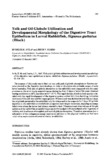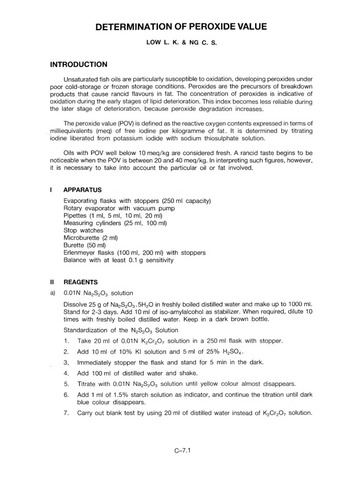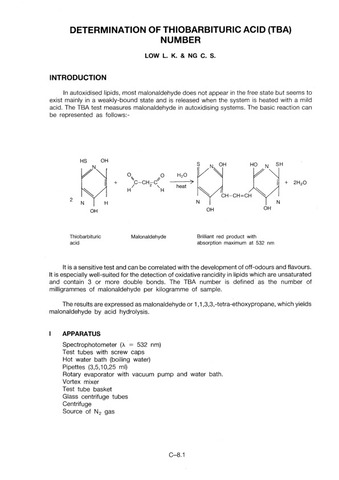| dc.contributor.author | Sarinas, Brian Gil S. | |
| dc.contributor.author | Gellada, Lorna D. | |
| dc.contributor.author | Torrigue, Ma. Lona T. | |
| dc.contributor.author | Sibonga, Dolores N. | |
| dc.contributor.author | Torrato, Edmar S. | |
| dc.contributor.author | Malagad, John G. | |
| dc.contributor.author | Feril, Joseph G. | |
| dc.contributor.author | Bondoc, Lyle Arianne J. | |
| dc.contributor.author | Roncal, Juan Clemente A. | |
| dc.contributor.author | Tornalejo, Jilla A. | |
| dc.date.accessioned | 2015-05-27T05:45:08Z | |
| dc.date.available | 2015-05-27T05:45:08Z | |
| dc.date.issued | 2014 | |
| dc.identifier.citation | Sarinas, B. G. S., Gellada, L. D., Torrigue, M. L. T., Sibonga, D. N., Torrato, E. S., Malagad, J. G., … Tornalejo, J. A. (2014). Adsorption and biomass concentration of thraustochytrid Schizochytrium aggregatum (Goldstein and Belsky) in Bunker C Oil. Journal of Environmental Science and Management, 17(1), 68-71. | en |
| dc.identifier.issn | 0119-1144 | |
| dc.identifier.uri | http://hdl.handle.net/10862/2258 | |
| dc.description.abstract | Diverse array of microorganisms such as bacteria, fungi and protists are involved during oil spill. Each microorganism has its own specific function whether it has to degrade or adsorb hydrocarbons. One important microorganism is the Thraustochytrid that is a fungoid protist and are common in marine and estuarine habitats. Numerous studies existed on the biodegradation and adsorption of Thraustochytrids on various substances but not on Bunker C oil. Thus, this study aimed to determine the adsorption capacity and mean biomass of Thraustochytrids in Bunker C oil using different cell densities measured in grams. All of the three treatments or cell densities (1 x 105 cells ml-1, 1 x 106 cells ml-1 and 1 x 107 cells ml-1) were triplicated and average values were recorded. Oil dispersant was used as a control. It showed that Thraustochytrid with 1 x 107 cells ml-1 showed the highest adsorbed oil (.057 ḡ) among the three cell densities and showed significant difference at p = .01 but comparable to the control (.066 ḡ). In terms of biomass concentration, all cell densities showed no significant difference at p = .01. Thraustochytrid is a promising tool during oil spill because it has the capacity to adsorb oil. | en |
| dc.language.iso | en | en |
| dc.publisher | School of Environmental Science and Management, University of the Philippines Los Baños | en |
| dc.subject | Philippines | en |
| dc.title | Adsorption and biomass concentration of thraustochytrid Schizochytrium aggregatum (Goldstein and Belsky) in Bunker C Oil | en |
| dc.type | Article | en |
| dc.citation.volume | 17 | |
| dc.citation.issue | 1 | |
| dc.citation.spage | 68 | |
| dc.citation.epage | 71 | |
| dc.citation.journalTitle | Journal of Environmental Science and Management | en |
| dc.subject.asfa | bioremediation | en |
| dc.subject.asfa | biodegradation | en |
| dc.subject.asfa | adsorption | en |
| dc.subject.asfa | oil removal | en |
| dc.subject.asfa | oil spills | en |
| dc.subject.asfa | Protista | en |
| dc.subject.scientificName | Schizochytrium aggregatum | |



